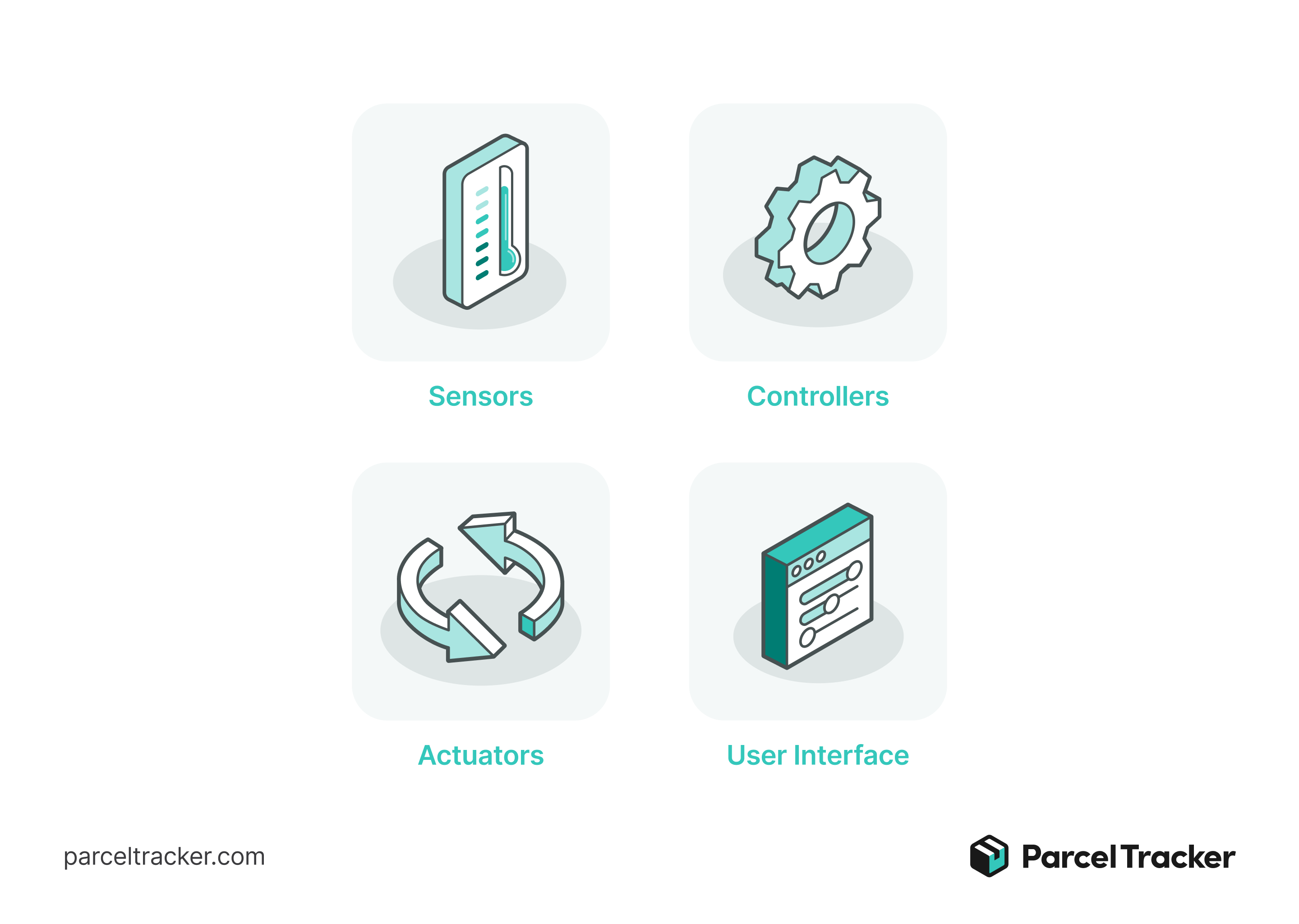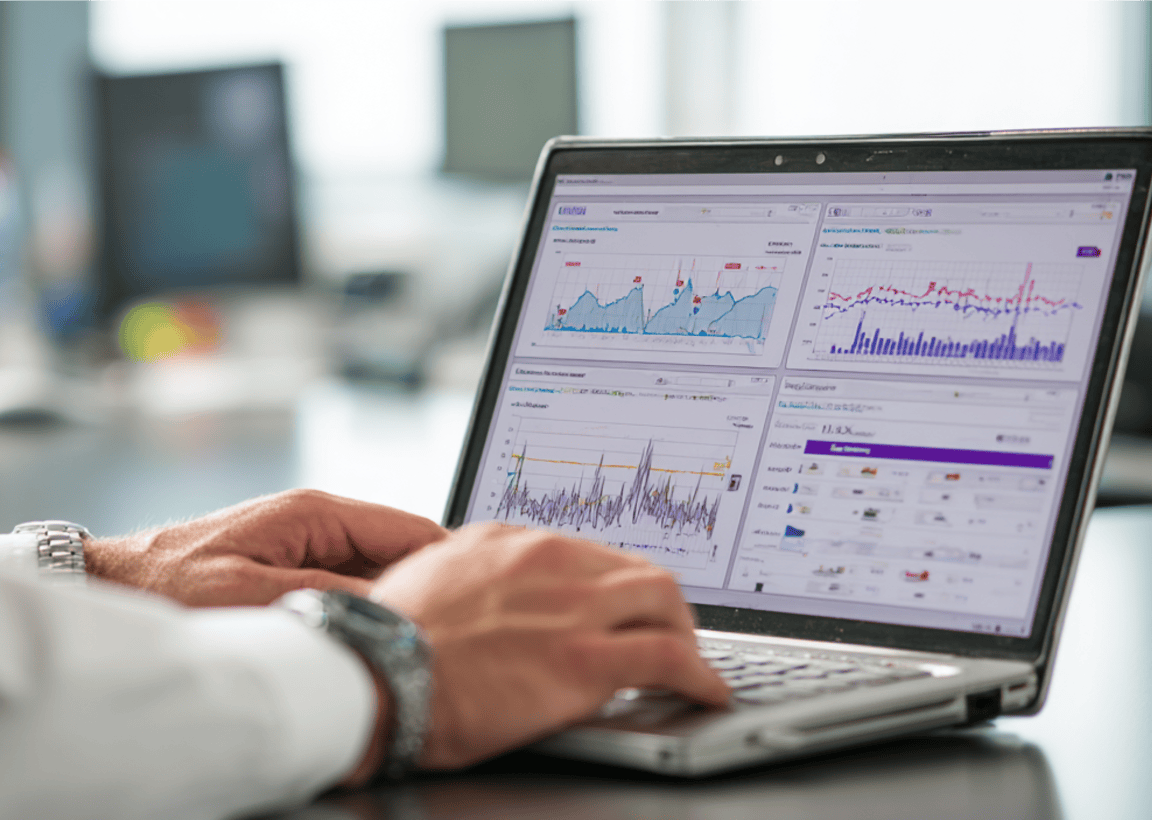What is a Building Management System and Its Role in Facilities?

A Building Management System (BMS), or Building Automation System (BAS), is a centralized, computer-based control system that monitors and manages a building's mechanical, electrical, and electromechanical services. Its primary goal is to ensure efficient, safe, and secure operation, optimizing energy consumption and improving occupant comfort.
Acting as a facility's central nervous system, a BMS is a network of integrated hardware and software that controls and monitors various building systems from a single interface. Think of it as the ultimate orchestrator, coordinating everything from heating, ventilation, and air conditioning (HVAC) to lighting, security, fire safety, and specialized services like elevators and mailroom management.
The core purpose of a BMS is to automate and optimize a building's operations, reducing manual intervention and ensuring all systems run in harmony. This results in significant energy savings, improved operational efficiency, and a more comfortable and productive environment for occupants.
Key Components of a Building Management System
A typical BMS is comprised of several key components that work together to create a cohesive control system.

1. Sensors
These are the "eyes and ears" of the BMS. Sensors measure various environmental conditions like temperature, humidity, light levels, air quality, and occupancy. They convert these physical parameters into electrical signals that the system can interpret.
2. Controllers
The controllers are the "brains" of the system. They receive data from the sensors and process it based on pre-programmed logic. They then send commands to the output devices (actuators) to adjust the building's systems accordingly.
3. Actuators
Actuators are the "muscles" of the BMS. They are the output devices that physically carry out the commands from the controllers. Examples include motor-controlled valves, damper actuators, variable frequency drives (VFDs) for fan speed control, and lighting relays.
4. User Interface (UI)

This is the dashboard where facility managers and operators monitor and interact with the system. The UI, often a computer workstation with specialized software, provides a graphical representation of the building's systems, allowing for real-time monitoring, data analysis, alarm management, and manual overrides.
Types of Building Management Systems
While the core function remains the same, BMS solutions can be categorized as follows:
By Communication Protocol: Proprietary vs. Open
This is a critical distinction when choosing a system.
- Proprietary Systems: These are "closed" systems that use a vendor-specific communication protocol. They are only compatible with the manufacturer's own equipment and software. While this can offer tight integration and a streamlined experience, it can also lead to "vendor lock-in," making it difficult and expensive to expand or service the system with equipment from other companies.
- Open Protocol Systems: These systems use public, standardized protocols like BACnet or LonWorks. This "open" architecture allows devices and controllers from different manufacturers to communicate seamlessly. The main benefits are flexibility, greater choice in hardware, easier integration, and competitive pricing for maintenance and upgrades.
By Primary Function
Some BMS are designed with a specific focus in mind.
- Building Automation Systems (BAS): Often used interchangeably with BMS, a BAS focuses on the core automation of systems like HVAC, lighting, and security. It's about real-time control and data-driven automation.
- Building Energy Management Systems (BEMS): As the name suggests, a BEMS is a specialized system designed to monitor and optimize a building's energy consumption. They provide detailed analytics, track utility usage, and implement energy-saving strategies like demand shedding during peak hours.
BMS Solutions
Major players in the BMS industry offer comprehensive solutions that often integrate multiple functions.
- Siemens Building Technologies: Siemens provides a range of BMS solutions, with a strong focus on energy efficiency and sustainability for commercial and institutional buildings.
- Johnson Controls Metasys: Metasys is a well-known building automation system that integrates HVAC, security, and fire safety into one platform, allowing for unified control and data analysis.
- Honeywell's Niagara Framework: This is a widely used open protocol framework that allows integrators to build custom BMS solutions by linking together different devices and systems, regardless of the manufacturer.
The BMS in a Broader Context: Beyond HVAC and Lighting
While HVAC and lighting are the most common applications, the flexibility of a modern BMS allows it to manage a wide range of other building services, contributing to a truly integrated smart building.
Elevator Control
A BMS can optimize elevator traffic based on time of day or occupancy, reducing energy use and wait times.
Power Management
It can monitor electrical consumption across different zones, helping facility managers identify and address power-intensive areas to reduce utility costs.
Mailroom and Parcel Management

Though a smaller part of the whole, a BMS can integrate with specialized mailroom management systems. This link allows the building to automate the intake, logging, and notification process for parcels. For example, a system can automatically scan an incoming package, notify the recipient via email, and even link to a smart locker for secure pickup, all of which enhances efficiency and security.
Access Control
The BMS can integrate with security systems to manage access for employees, visitors, and couriers, providing a seamless and secure entry process.
BMS: A Foundation for Intelligent Buildings
The Building Management System is a foundational technology for any modern, efficient, and sustainable facility. By centralizing control and data, it transforms a collection of disparate systems into a unified, intelligent organism.
Whether it's optimizing energy use, ensuring occupant comfort, or streamlining parcel management, the BMS is the key to creating a smarter, safer, and more cost-effective building. It is the core technology that turns a static structure into a dynamic, responsive asset.






